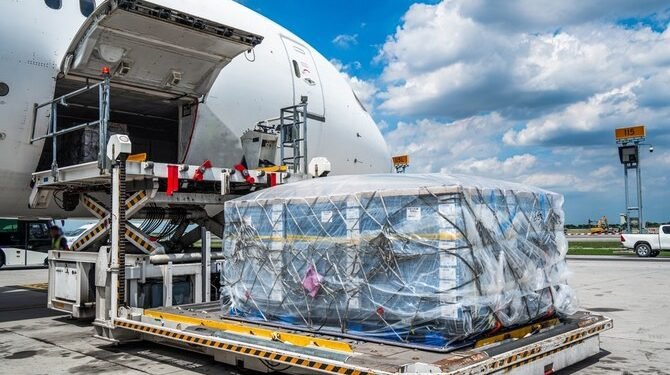By Maria Kalamatas | May 16, 2025
Doha —
They were once the golden corridor between Asia and Europe. Today, Gulf carriers are recalibrating—quietly, but significantly.
Faced with higher fuel prices, regional congestion, and aircraft reassignments, several major players in the Middle East are restructuring their air cargo routes in 2025. The changes are subtle: fewer bellyhold slots on passenger routes, more dedicated freighters repositioned toward Africa and South America.
“We’re not pulling out—we’re optimizing,” said a senior freight planner from a leading Gulf airline. “You go where the margins still make sense.”
What’s driving it isn’t just economics. It’s the ripple effect of global imbalances: capacity shortages in Southeast Asia, stronger intra-Africa demand, and ongoing bottlenecks in European handling facilities.
Freight volumes from Hong Kong and Bangkok that used to flow through Dubai or Doha are now being split—some moving through Nairobi or Jeddah instead. Connections are shifting.
Forwarders are adapting. Some are consolidating mid-haul contracts. Others are turning to hybrid models: combining air-sea or air-rail to stabilize transit times where direct routes are no longer reliable.
The change is also pressuring smaller airports. As mega-hubs prioritize high-yield routes, secondary gateways in the Gulf—like Sharjah or Muscat—are absorbing new demand but without proportional infrastructure growth.
The result? A Middle Eastern air freight network that’s evolving not by design, but by necessity.
And as carriers reallocate capacity month by month, shippers are learning a new rule: in 2025, agility matters more than geography.























